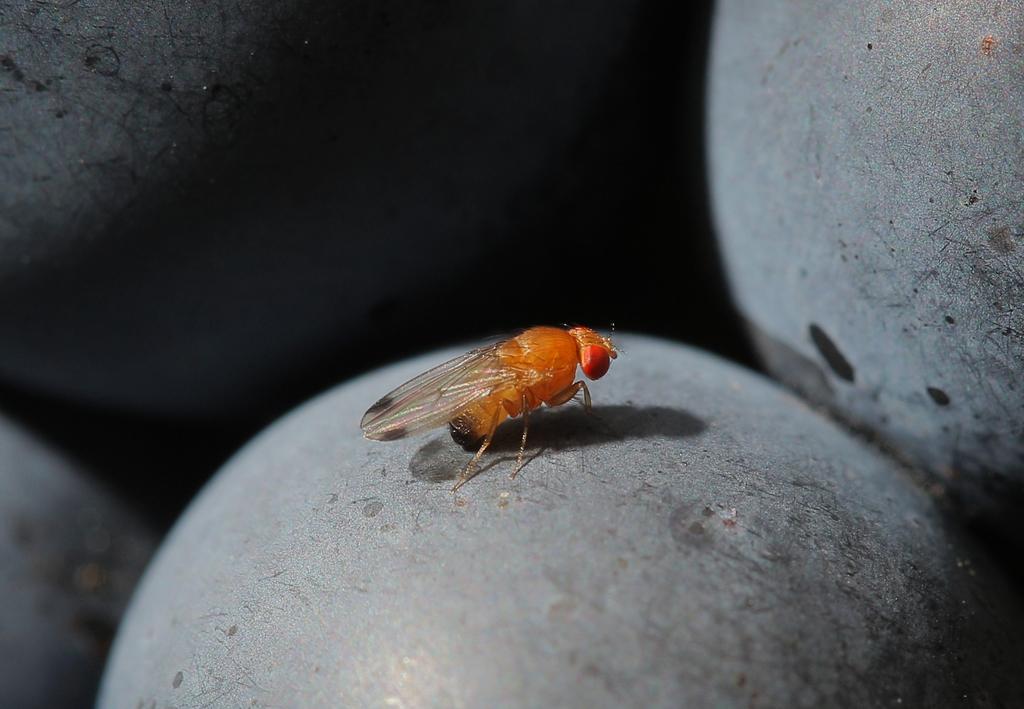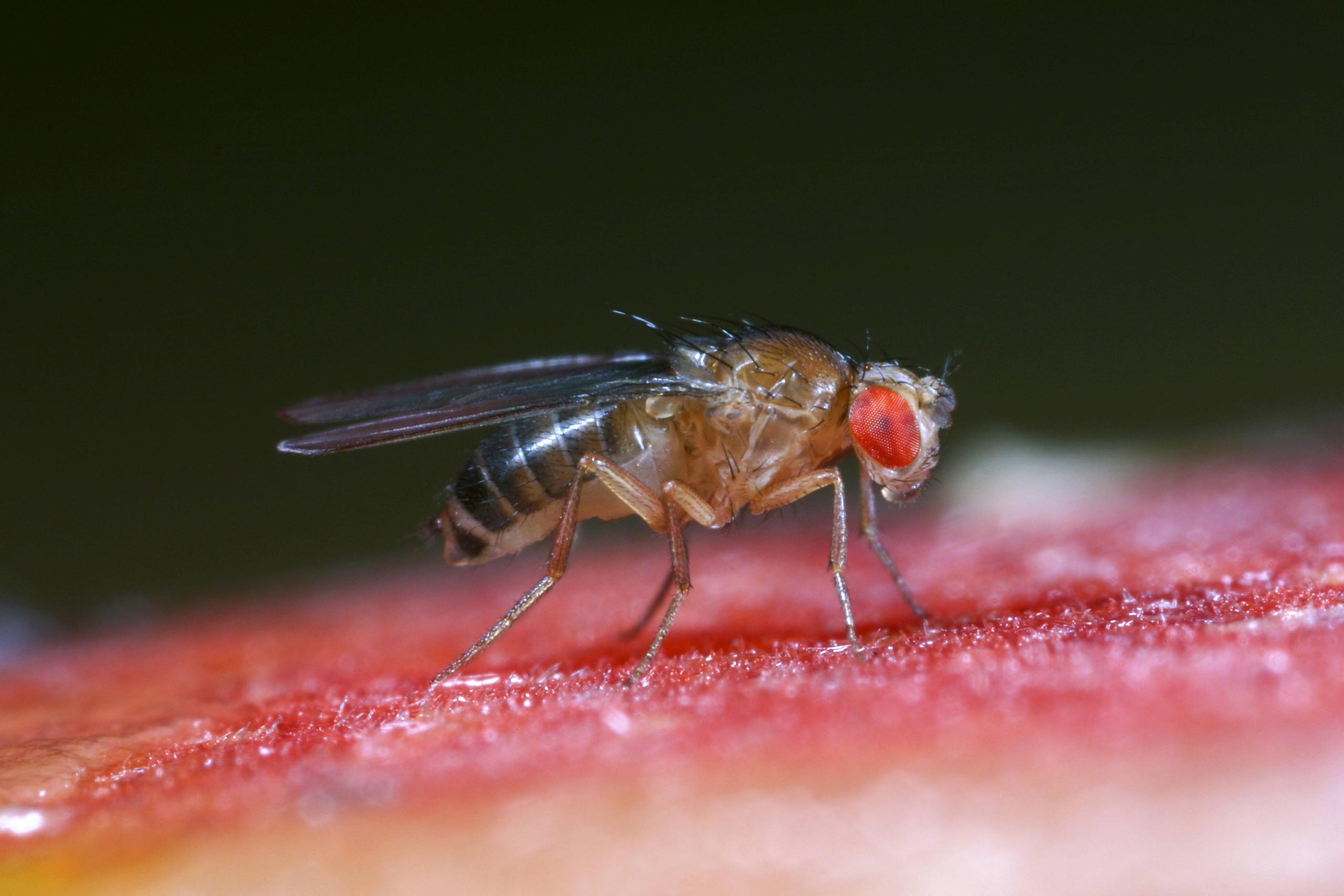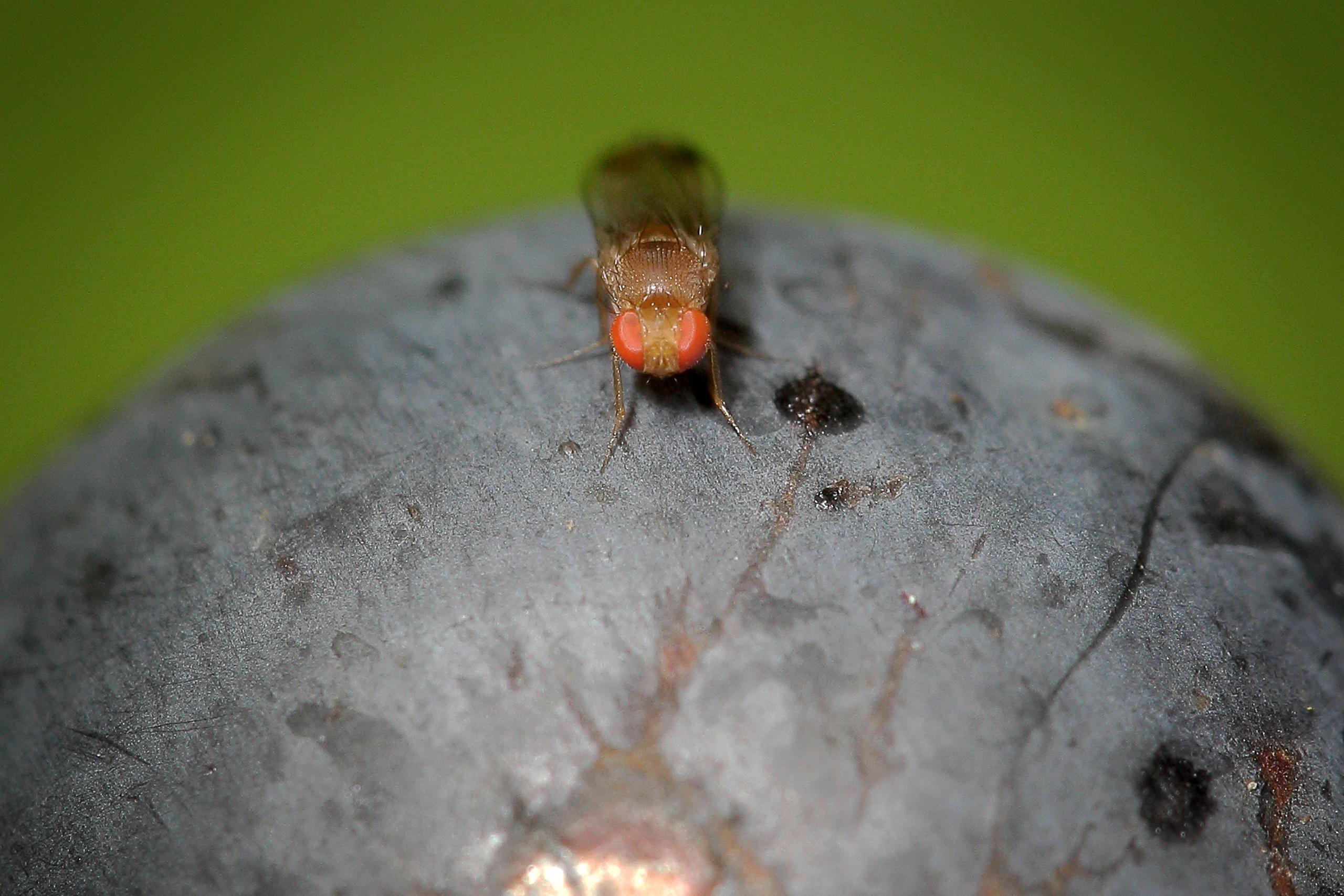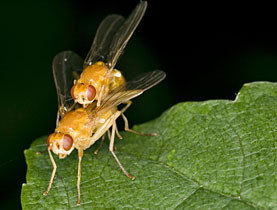Swiss team deciphers fruit fly brain’s visual network

In the kitchen, fruit flies are annoying; in the laboratory, they are rewarding. Scientists at the University of Fribourg have succeeded in deciphering the entire visual network in the brain of this fly. This will support brain research, they say.
The entire visual network of the brain of a fruit fly larva (Drosophila melanogaster) consists of 130 cells. This is about 6% of the entire larval brain. Researchers led by Simon Sprecher of the University of Fribourg have now deciphered this self-contained network with all its connections and have described it in the journal eLife Sciences.
The long-term goal behind the precise mapping of such nerve-cell networks with their connections is to be able to one day reconstruct the information flows in the fruit fly brain and, ultimately, its human counterpart.

More
The fruits of fly research
The decoding of the visual network in the baptismal larva was only the first step. In the next phase of the research project, Sprecher and his team want to investigate how this network influences behaviour and which cells perceive how and what, for example light or heat.
With 2,000 cells, the brain of the fruit fly larvae is much smaller than that of the adult Drosophila with 150,000 – and even more so than that of humans with an estimated 80 billion cells. However, it is precisely because of the greatly simplified nervous system and its short generation time that these flies are suitable for basic brain research.
“We still don’t know enough about how a brain works,” Sprecher admitted. “Only once the normal functions of this organ have been deciphered can we try to understand what goes wrong with diseases.”

In compliance with the JTI standards
More: SWI swissinfo.ch certified by the Journalism Trust Initiative



You can find an overview of ongoing debates with our journalists here. Please join us!
If you want to start a conversation about a topic raised in this article or want to report factual errors, email us at english@swissinfo.ch.